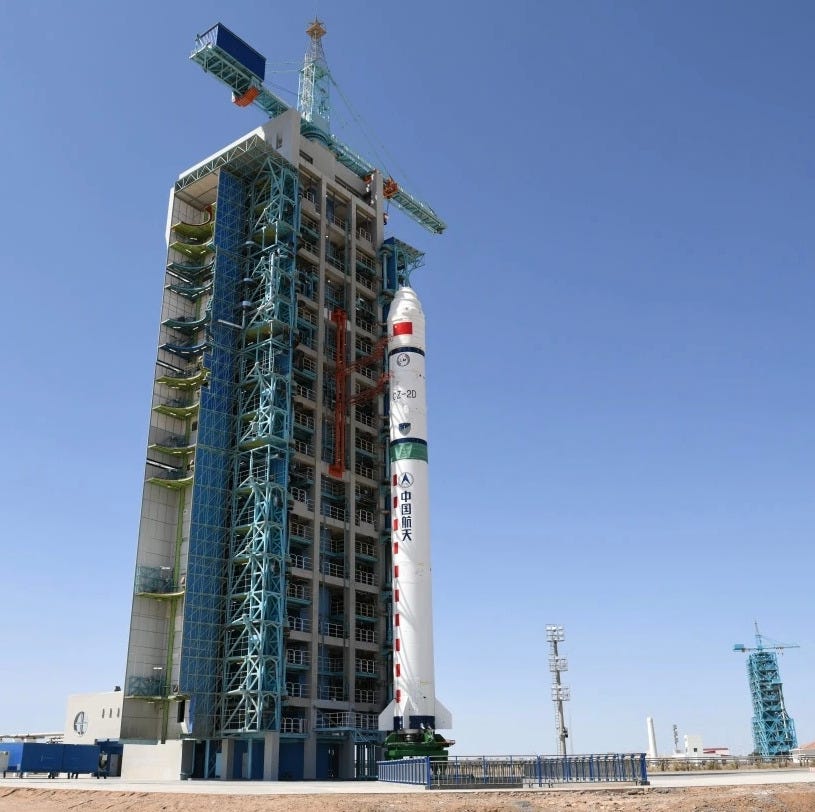New Sino-Italian Geophysics Satellite Blasts Off! [Long March 2D Y42]
China's second satellite developed with Italy has reached orbit.
Blasting off from Launch Area 4 at the Jiuquan Satellite Launch Center was a Long March 2D heading for sun-synchronous orbit on June 14th at 15:56 pm China Standard Time (07:56 am Universal Coordinated Time). Atop of the rocket today was a single satellite.
The spacecraft heading into orbit today was the 900-kilogram Italo-Chinese Zhangheng-1-02 (张衡一号02星) geophysical field detection satellite, also known as China Seismo-Electromagnetic Satellite 02. Built upon the China Academy of Space Technology’s CAST2000 satellite platform, the satellite's instruments include detectors for the global geomagnetic field, electromagnetic waves and fields, ionospheric and atmospheric structures, as well as energized particles. Specific instruments include (via the Italian side):
Two particle detectors: The High-Energy Particle Detector, developed by the Italian Limadou Collaboration; The Medium Energy Electron Detector, which replaces the High Energy Particle Package used in CSES-01.
A High-Precision Magnetometer.
A Search-Coil Magnetometer.
The Electric Field Detector, also developed by the Italian Limadou Collaboration.
Two new instruments: A Coherent Population Trap system; An Ionospheric Photometer.
A Global Navigation Satellite System Occultation Receiver.
A Tri-Band Beacon transmitter.
A Langmuir Probe.
A Plasma Analyzer Package.
Zhangheng-1-02 is primarily expected to provide natural disaster monitoring and prediction, space environment monitoring and forecasting, and research on the Earth-Moon system. Data collected by the satellite will inform the study of solar physics, solar flares, and cosmic ray solar modulation. The satellite is also planned to work with its predecessor, Zhangheng-1 (张衡一号) (also known as China Seismo-Electromagnetic Satellite 01), launched in 2018, to provide continuous, multi-point, accurate monitoring of the Earth's ionosphere.
Both spacecraft are named after the Chinese polymath, astronomer, statesman, and pioneering seismologist Zhang Heng (張衡), who lived in the Han Dynasty from 78 CE to 139 CE.
In support of this Long March 2D mission, launch teams utilized a composite payload adapter to attach the satellite to the rocket’s second-stage. That adapter dampens vibrations experienced during launch before they reach the satellite, allowing for a smoother ride that reduces the risk of damage to the satellite.
Today’s launch was the 99th mission for the Long March 2D, the 238th Long March vehicle from the Shanghai Academy of Spaceflight Technology, and the 581st launch of the Long March launch vehicle series. This was also the 35th launch from China in 2025.
Liftoff video via Cosmic Penguin on Bluesky, as well as 空天逐梦 and 航天五线谱 on Weibo.
Check out the previous Long March 2D launch
New AI Processing Satellites [Long March 2D Y107]
At Launch Area 4 from the Jiuquan Satellite Launch Center, a Long March 2D lifted off on May 14th at 12:12 pm China Standard Time (4:12 am Universal Coordinated Time) heading to sun-synchronous orbit. Atop of the rocket were a dozen satellites.
What is the Long March 2D?
This section is for those less familiar with China's Long March series of launch vehicles.
The Long March 2D is also one of the oldest launch vehicles from China, performing missions regularly to low Earth and sun-synchronous orbits by the Shanghai Academy of Spaceflight Technology, as a two-stage version of the Long March 4 vehicles. The two stages of the launch vehicle both burn Dinitrogen Tetroxide and Unsymmetrical Dimethylhydrazine.
The payload capacity of the launch vehicle is currently as follows:
3,500 kilograms to low Earth orbit
1,300 kilograms to a sun-synchronous orbit
The first-stage is powered by four YF-21C engines, which generate 302 tons of thrust burning Dinitrogen Tetroxide and Unsymmetrical Dimethylhydrazine. The second-stage is powered by a single YF-22C engine and four YF-23C verniers that generate 80 tons of thrust while also burning Dinitrogen Tetroxide and Unsymmetrical Dimethylhydrazine.
On the launch pad, the Long March 2D is 41.05 meters tall and weighs 232,250 kilograms when fully fuelled. The first and second stages have a diameter of 3.35 meters, with the fairing having a diameter of either 3.35, 3.8, or approximately 4 meters.
So far, the Long March 2D has flown from all three inland launch sites, the Jiuquan Satellite Launch Center, the Taiyuan Satellite Launch Center, and the Xichang Satellite Launch Center.
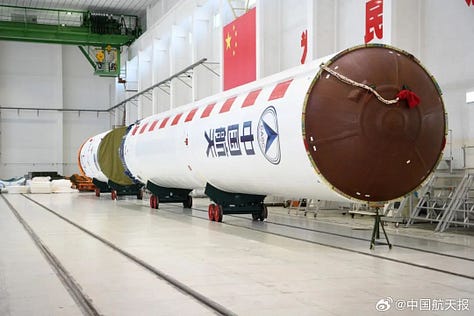
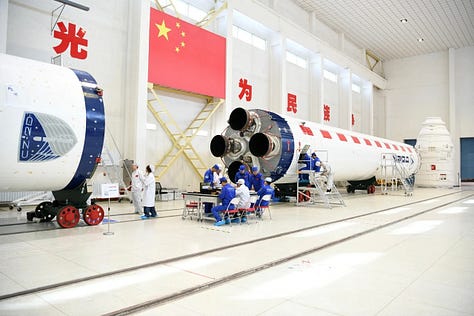
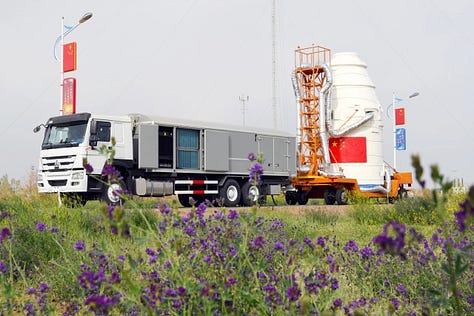



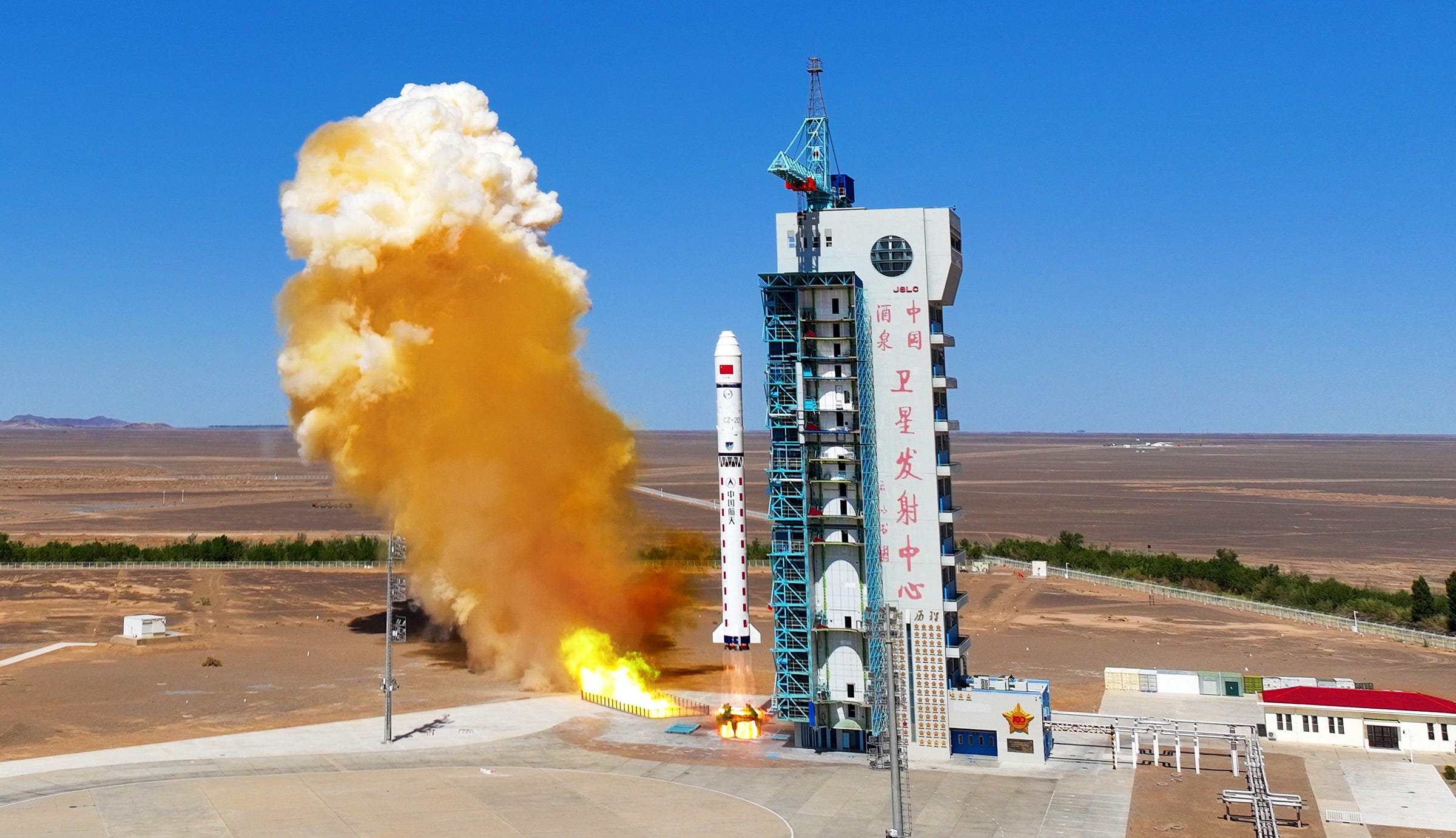
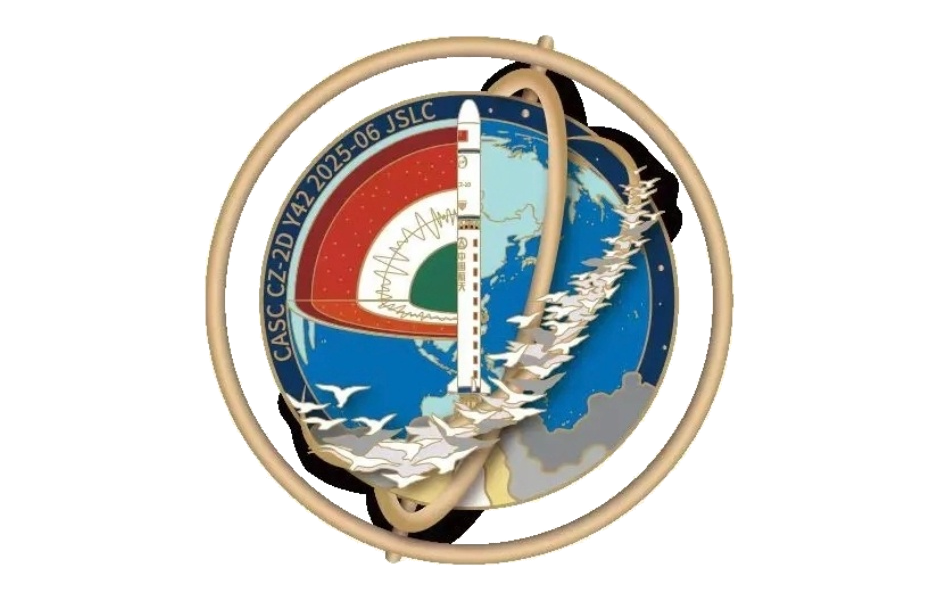
![New AI Processing Satellites [Long March 2D Y107]](https://substackcdn.com/image/fetch/$s_!79Fv!,w_1300,h_650,c_fill,f_auto,q_auto:good,fl_progressive:steep,g_auto/https%3A%2F%2Fsubstack-post-media.s3.amazonaws.com%2Fpublic%2Fimages%2F64696154-5efb-48d2-8a18-313a2927178f_5325x3231.jpeg)
